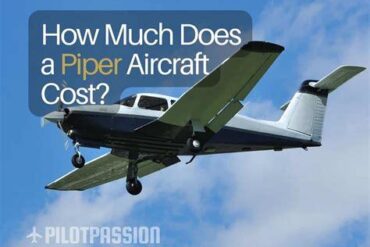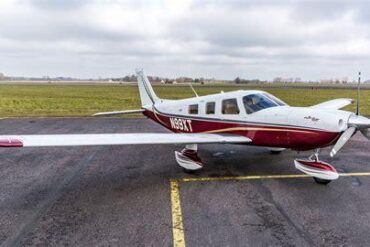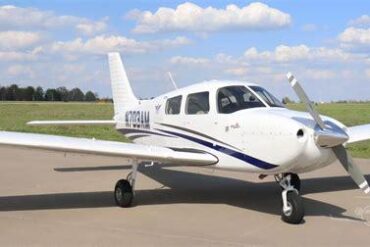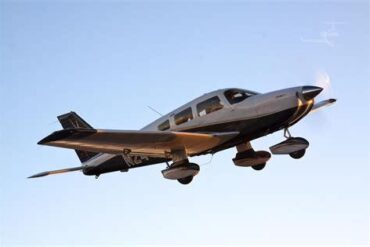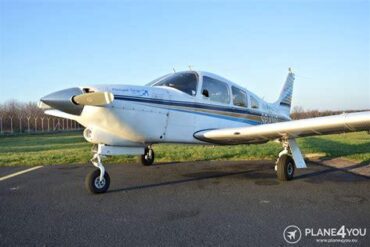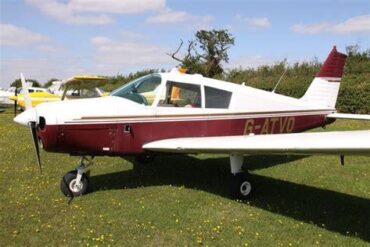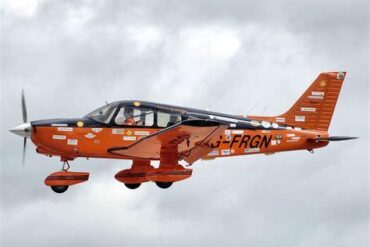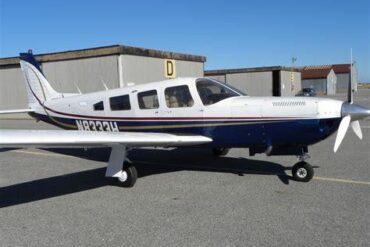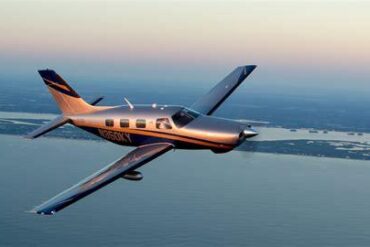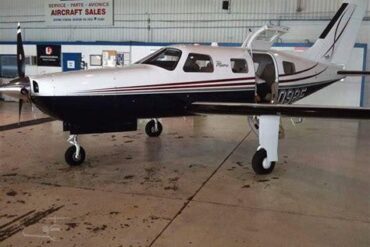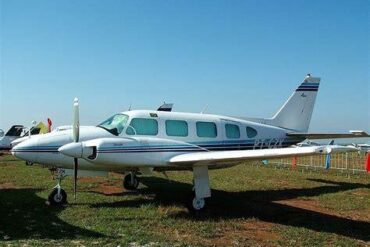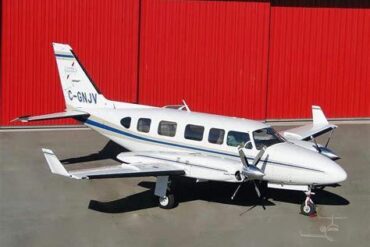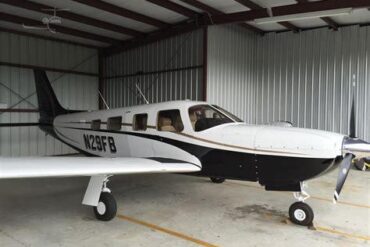The Piper Seneca IV is a twin-engine light aircraft that is widely recognized for its performance, versatility, and overall efficiency in the general aviation sector. In this article, we delve into the price and operating costs associated with the Piper Seneca IV, providing a comprehensive overview for potential buyers and operators.
Overview of the Piper Seneca IV
The Piper Seneca IV is an upgrade from its predecessors, boasting improved performance, updated avionics, and enhanced comfort for passengers. This aircraft is particularly popular among flying schools, charter services, and private owners who require reliability and performance for both short and long flights. It typically seats six passengers and is powered by two Lycoming engines.
Current Market Price of the Piper Seneca IV
When considering the purchase of a Piper Seneca IV, it is crucial to understand the market price. The price can vary significantly based on various factors, including the aircraft’s age, condition, total flight hours, and installed equipment.
As of 2024, the typical price range for a used Piper Seneca IV is between $150,000 and $400,000. Newer models or those with extensive upgrades can exceed this range, especially if they include advanced avionics or interior enhancements.
Factors Influencing the Price
-
Age and Condition: The age of the aircraft plays a significant role in determining its price. Newer models with lower flight hours are generally more expensive due to their remaining lifespan and the latest technology.
-
Upgrades and Modifications: Aircraft equipped with modern avionics, enhanced safety features, or luxury interiors command higher prices. Buyers are often willing to pay a premium for aircraft that come with ADS-B compliance and advanced navigation systems.
-
Maintenance History: A well-documented maintenance history can positively affect the value of the aircraft. Regular maintenance and adherence to service bulletins are crucial in maintaining resale value.
-
Market Demand: The general aviation market can fluctuate based on economic conditions, regulatory changes, and pilot training demand. These factors can influence the price of aircraft in the market.
Operating Costs of the Piper Seneca IV
Understanding the operating costs is essential for any potential owner. These costs encompass fuel, maintenance, insurance, hangar fees, and other miscellaneous expenses. Below, we provide a detailed breakdown of these costs.
1. Fuel Costs
The Piper Seneca IV has an average fuel consumption of approximately 12 to 15 gallons per hour depending on the flight profile and engine settings. With an average fuel price of $5.00 per gallon, operators can expect to spend around $60 to $75 per hour on fuel.
Fuel Efficiency Considerations
-
Flight Profile: The aircraft’s fuel consumption can vary based on whether it’s cruising, climbing, or descending. Maintaining optimal speeds and altitudes can lead to more efficient fuel usage.
-
Weight Management: Operating within weight limits can also improve fuel efficiency, so careful management of cargo and passenger load is essential.
2. Maintenance Costs
Routine maintenance is a critical aspect of aircraft ownership. The average annual maintenance cost for a Piper Seneca IV can range from $8,000 to $15,000 depending on usage and required services.
Key Maintenance Factors
-
Regular Inspections: Aircraft are subject to routine inspections based on flight hours and calendar time. The annual inspection is mandatory and can cost between $1,500 and $3,000.
-
Engine Overhaul: Overhauls for Lycoming engines typically cost around $30,000 to $50,000 every 1,500 hours of operation, a significant long-term expense that must be factored into ownership costs.
-
Parts Replacement: Routine parts replacements, such as tires, brakes, and avionics upgrades, can add to the annual maintenance budget.
3. Insurance Costs
Insurance is a vital component of aircraft ownership, protecting owners from potential liabilities. For a Piper Seneca IV, insurance costs typically range from $1,500 to $3,000 per year, depending on coverage levels, pilot experience, and flight hours.
Types of Insurance Coverage
-
Liability Insurance: Covers third-party damages in the event of an accident.
-
Hull Insurance: Covers damages to the aircraft itself, whether in flight or on the ground.
4. Hangar Fees
Hangar fees can vary significantly based on location and the type of facility. On average, owners can expect to pay between $300 and $1,200 per month for hangar space.
Factors Affecting Hangar Fees
-
Location: Airports in metropolitan areas or regions with high demand for hangar space typically charge more.
-
Type of Hangar: A private hangar may come with higher costs compared to a shared facility.
5. Miscellaneous Costs
Other costs associated with operating a Piper Seneca IV can include:
-
Landing Fees: Vary by airport and can range from $5 to $100 depending on the airport’s size and location.
-
Navigation Fees: Some airports and airspace require fees for using their navigation systems.
-
Training and Certification: New owners may incur costs related to obtaining the appropriate pilot ratings and certifications for flying a twin-engine aircraft.
Total Estimated Operating Costs
To summarize, here’s a breakdown of the estimated total operating costs associated with the Piper Seneca IV on an annual basis:
| Cost Item | Estimated Annual Cost |
|---|---|
| Fuel Costs | $10,800 to $18,000 |
| Maintenance Costs | $8,000 to $15,000 |
| Insurance Costs | $1,500 to $3,000 |
| Hangar Fees | $3,600 to $14,400 |
| Miscellaneous Costs | $1,000 to $5,000 |
| Total Estimated Costs | $25,000 to $55,400 |
Conclusion
The Piper Seneca IV stands out as a robust option in the light aircraft market, offering a blend of performance, comfort, and versatility. While the initial purchase price can be substantial, understanding the comprehensive operating costs associated with this aircraft is essential for potential buyers. From fuel to maintenance, every aspect plays a significant role in the overall ownership experience. By considering these factors carefully, buyers can make informed decisions and enjoy the many benefits of owning a Piper Seneca IV.


